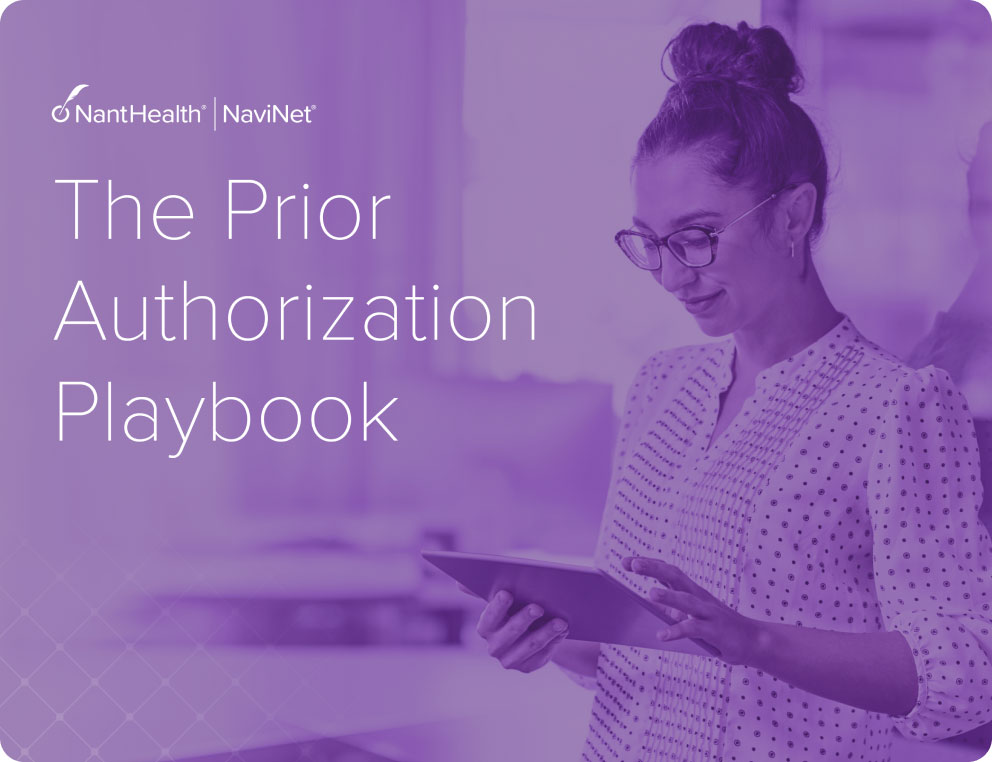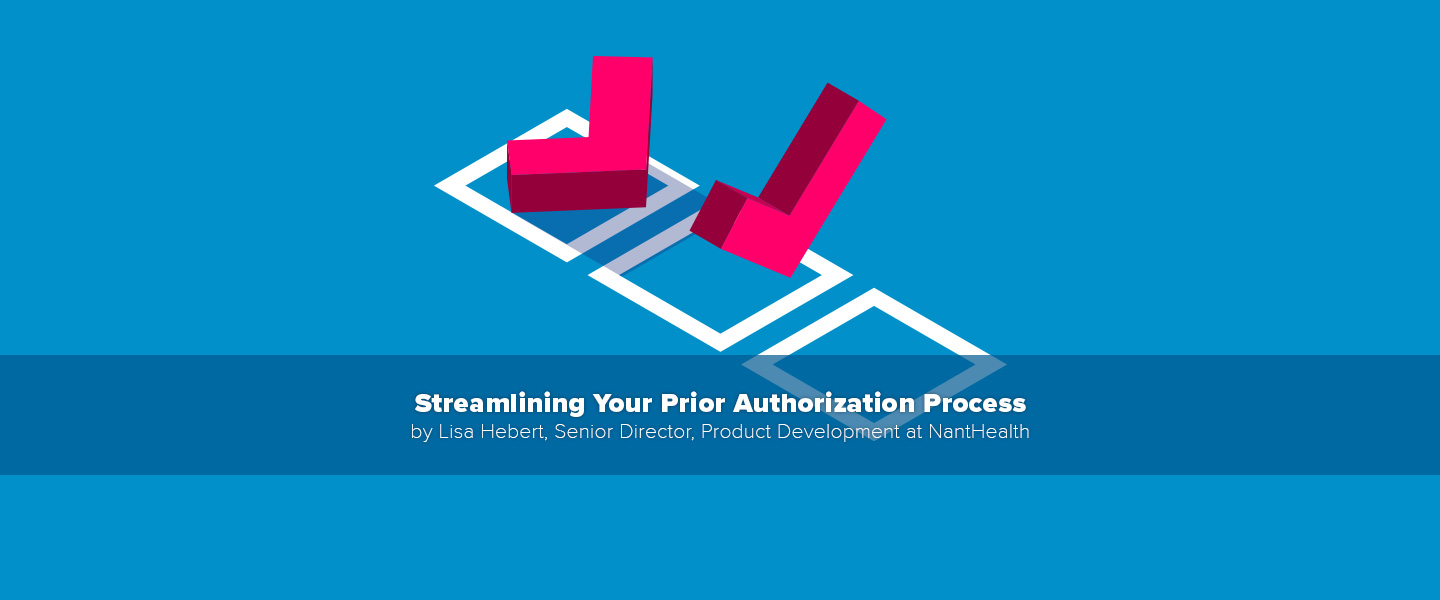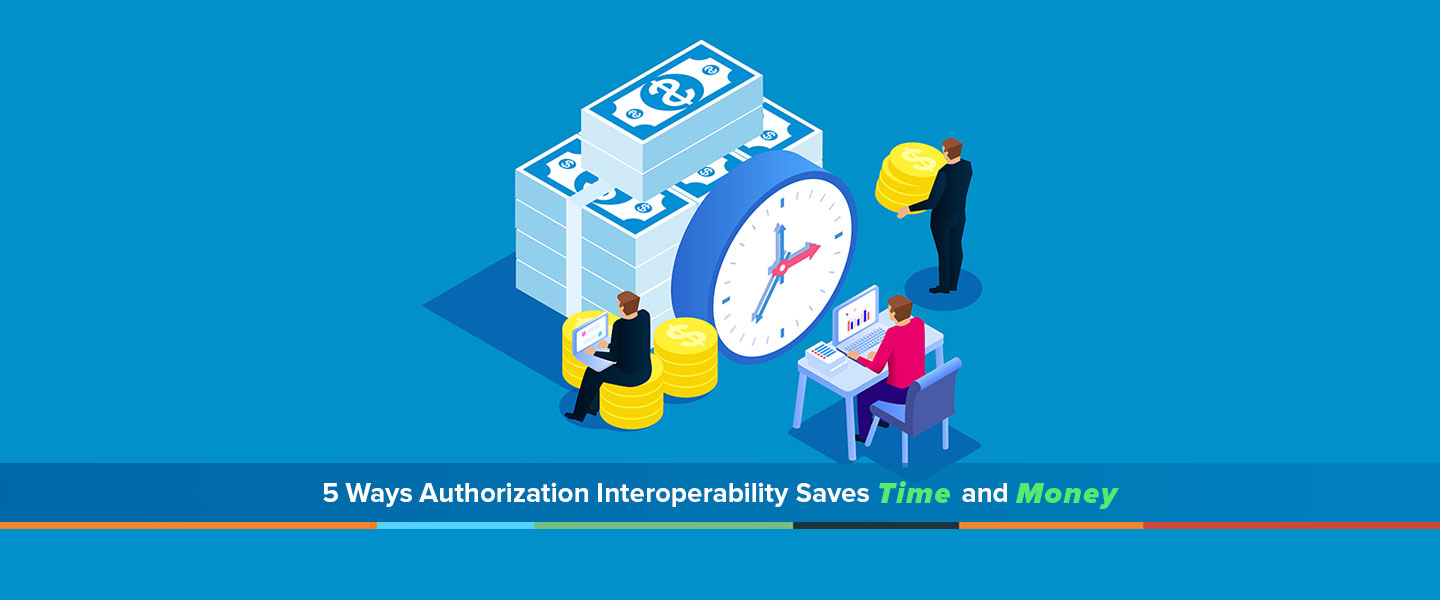How can health plans improve the prior authorization process? To continue our NaviNet Prior Authorization Playbook series, here are 11 tips payers can use to automate and streamline the prior authorization process.
1. Eliminate prior authorizations for non-critical services, including routine care.
Payers use prior authorizations to determine whether a treatment is covered by a patient’s health plan and adheres to medical policy. While the need for prior authorizations is increasing, as payers are looking to lower healthcare costs, payers should focus on services that require medical necessity or policy reviews. Payers need to know that prescribed medications or procedures are necessary to treat the patient.
2. Adopt the right technology
With thousands of different payers, there are countless ways that providers are required to complete prior authorizations – including patient information requirements, supporting documentation for the request, requesting and servicing provider contact information, as well as other medical review requirements that focus on clinical data regarding the patient’s medical condition. It can be difficult for staff completing these requests to be consistent, even with self-created cheat sheets to keep track of all the varying rules. In many cases, these notes can create more work for staff and can be quickly outdated or incorrect.
To minimize the confusion with prior authorizations, payers must find solutions that can accurately help provider staff understand what information is required. The solution should have the ability to display insurance coverage information in real-time, facilitate communication between payers and providers, and allow for easy document exchange. An accessible platform will enable provider staff to feel confident in what they need to do and increase productivity.
3. Reduce prior authorization approval time and speed up care
In the past, the prior authorization process required countless phone calls, emails, faxes, and other forms of communication to complete just one approval between a payer and provider. Manual processes are time-consuming and slow, eating up valuable time. Resources are wasted when time is spent simply calling a provider to verify a document or asking them to resend the information in a different format, straining the relationship between payers and providers. According to the American Medical Association (AMA), 94% of providers report care delays while waiting for treatment authorization.
Payers should streamline these different channels of communication within an integrated solution. By using chat or message functions where a provider can submit their requested patient’s documentation, a payer can maintain a simple form of communication that facilitates the prior authorization process. Questions can be answered quickly, and problems can be resolved easily. Patients receive the bulk of these benefits as they receive care much faster.
4. Increase transparency to eliminate delays
The prior authorization process typically has numerous steps, some of which include submitting a prior authorization request, sending supporting documentation, and submitting more information when requested. When an issue occurs, or something is unclear, providers may need to call a payer call center, which can take up a significant portion of their time. These burdens can be relieved with technology – electronic prior authorizations with online status updates.
Increasing transparency between payers and providers allows for better understanding and a clearer timeline. Status updates keep both parties aware of where in the prior authorization process they are and what is left to do. Follow-up communications through an integrated system keep everything coordinated and efficient, keeping providers updated.
5. Create an electronic trail, not a paper one.
Prior authorizations typically require significant patient information, most of which is historically transmitted via fax, physical mail, or email. Not only are these channels susceptible to security issues, but they can also be challenging to track and monitor. These manual processes also take up a lot of time and resources.
When payers adopt an electronic prior authorization process, provider staff can follow the online prompts quickly and see what they need to provide. According to an article in the Journal of the American Pharmacists Association, the adoption of electronic prior authorizations reduced decision time from 18.7 hours to 5.7 hours, faster time to patient care, and a better understanding of prior authorization processes.
A web-based workflow keeps real-time information in one place and creates an electronic paper trail.
6. One size does not fit all
Health plans have a wide variety of authorization scenarios to consider, and it is impossible to create one process that is the same for every situation, for every single patient. Thus, it is vital that prior authorization solutions are tailored to process the right data at the right time. Utilizing a solution that goes through a procedural process to gather the right information eliminates the need for an overabundance of data and documentation. Only what is required for that particular scenario is requested and analyzed.
7. Complex policy data requirements
Given the many different scenarios, it can be challenging for providers to know the data required for a prior authorization request. There is administrative, financial, and clinical information to be considered for each patient. Providers need to understand the policy and data submission requirements for each type of request promptly. Staff should feel self-assured that they have the skills to carry out prior authorization requests, which may not be possible if they feel lost and overwhelmed by the expectation that they need to memorize the multitude of requirements for prior authorizations.
The right electronic solution with a responsive data entry experience, on-screen instructions, and concise feedback can help users through the process.
8. Account for attachments
Because the prior authorization process requires abundant data, it is important that providers understand what is needed and have an efficient method for submitting the information. Electronic systems need to account for sharing of patient data that is historically sent via fax. The ability to add files as part of the prior authorization request ensures the data is matched with the appropriate patient and eliminates the manual process of matching faxed documentation with the proper request
Too many solutions require attachments to be processed separately, which increases cost and delays care. The CAQH Index reports that shifting from manual to fully electronic attachments would save $377 million yearly. A smooth process allows for more information to be accurately shared and maintained, ultimately leading to better-informed determinations by payers.
9. Adopt standards
Custom data requirements make it challenging to deploy a system using messaging standards like X12 278 that cannot be extended over time. The 278 standard includes support for most of the basic information required in a prior authorization but is limited in its ability to support clinical data, particularly in most complex cases. This speaks to the need to develop techniques to augment the standard to support additional clinical data. Adapting a more advanced system allows for less continuous updating to newer technologies as standards rise.
Standards such as the Health Level 7 (HL7) and Fast Healthcare Interoperability Resources (FHIR) are extensible and can provide a much more rigorous format for exchanging all these types of information. HL7 can be used for the order entry of prescriptions, test results, and patient admittance to name a few. It allows for detailed lab results and integration of other software. Information exchange should be seamless,.
10. Increase Automation
As technology becomes more advanced, the ability of organizations to automate tasks has skyrocketed. Payers and providers need to integrate a system that reduces the workload for their staff. Simple requests should be auto-approved in real time to improve patient care and eliminate delays. Plans should also implement business rules in electronic solutions that pre-process many authorizations before they reach a final submission. More time can then be dedicated to very complex situations.
11. Increase Payer/Provider Communication
A crucial part of the prior authorization process is the communication between payers and providers. For cases requiring medical review, this relationship is important to ensuring a proper evaluation and that the patient is receiving a medically necessary procedure. Payers and providers must work together swiftly to make sure that a determination is made promptly.
A platform that can host a bi-directional communication workflow is essential to successfully completing the prior authorization process and allows payers and providers to collaborate more effectively on the patient’s case.








